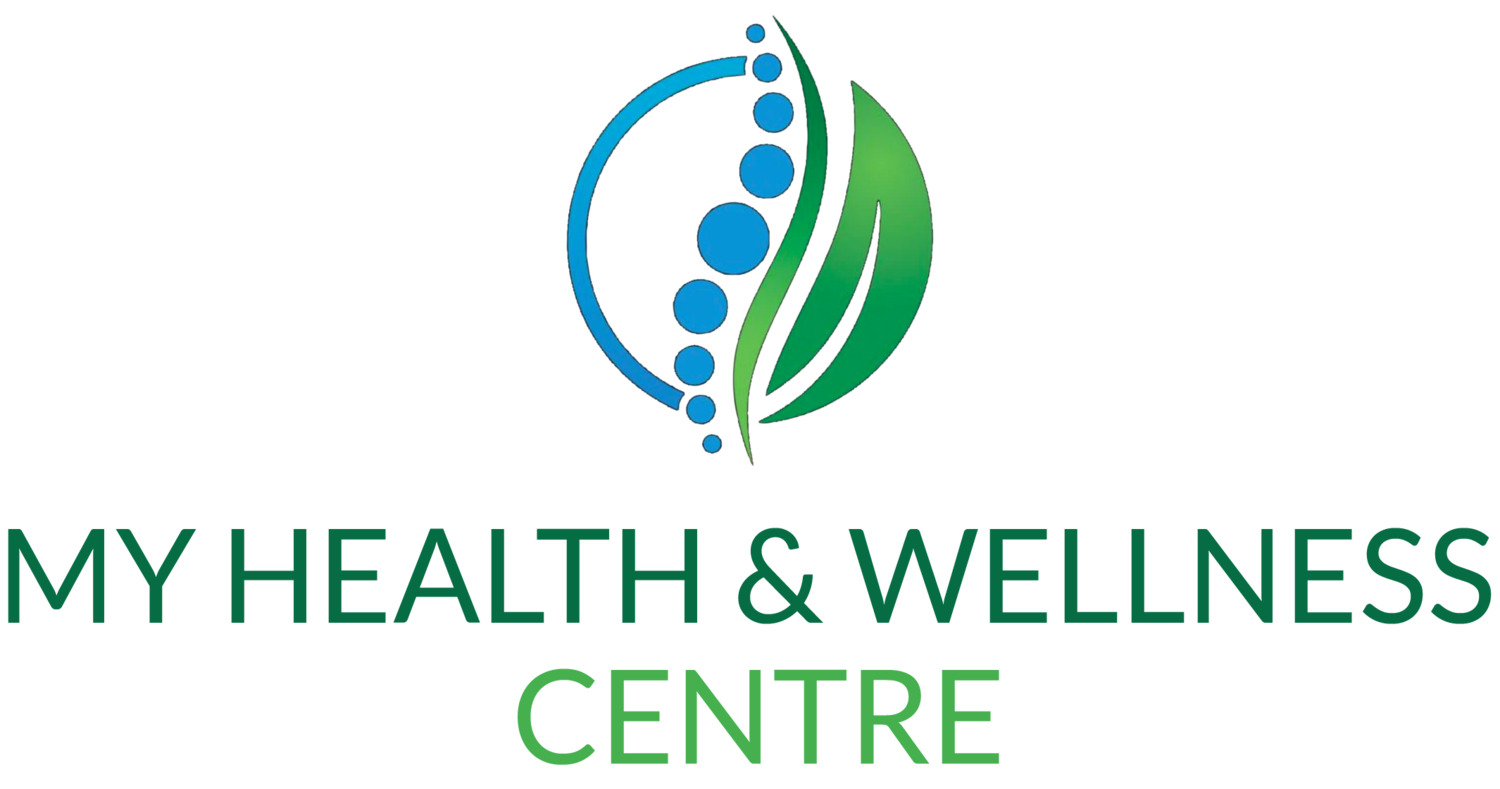Seasonal Ailments
Common Cold
Hayfever
Allergies
Sinus
Asthma
Allergic Rhinitis
Pollen is a fine yellowish powder that is transported from plant to plant by the wind, by birds, by insects or by other animals. The spread of pollen helps to fertilize plants — and can mean misery for seasonal allergy sufferers.
Symptoms
If you have a pollen allergy and breathe in pollen-heavy air, you may experience symptoms such as:
Sneezing
Nasal congestion
Runny nose
Watery eyes
Itchy throat and eyes
Wheezing
Pollen can also aggravate asthma symptoms, including increased coughing and wheezing.
3 natural steps to allergy relief
1. Avoid your triggers
The first step to managing allergic rhinitis is pinpointing the cause, then avoiding it where possible.3 For instance, if you’re sensitive to pet hair or dander, keeping your pet out of the bedroom will mean you’re not exposed to animal allergens while you sleep. Similarly, protective bedding can help if you’re sensitive to dust mites, while investing in a dehumidifier helps prevent mould build-up.
2. Watch the pollen counts
If you tend to suffer from seasonal hay fever, try to stay indoors when pollen levels are high, which is typically during August-March, particularly on windy days or after thunderstorms.8,9 You can check the pollen forecast at www.weatherzone.com.au/pollen-index.
3. Try natural supplements
As well as perilla, other herbal and vitamin supplements have been linked to allergy relief, for instance vitamin C, which is a natural antihistamine, the Ayurvedic herb albizia,10 rosemary (which like perilla, contains rosmarinic acid),11 and the antioxidant quercetin, which may reduce histamine release, in turn relieving symptoms.12 There’s also some evidence that probiotics may have a role in the prevention and treatment of allergic rhinitis.13
How perilla can help
One natural treatment that can make a big difference if you have allergies is the herb perilla (or Perilla frutescens). An aromatic, sweet-tasting plant used as a culinary ingredient in many Asian countries,5 it is also prized in traditional Chinese medicine for its medicinal properties, which include allergy relief. The key active ingredient in perilla is rosmarinic acid, which may help to soothe allergy symptoms such as an itchy nose and watery or irritated eyes6 The proof is in the research: in one Japanese study, daily perilla extracts were found to be an effective intervention for sufferers of seasonal allergic rhinoconjunctivitis,6 which may be explained from a mice study that showed the herb helps curb blood levels of IgE and histamine, suggesting a dampened down allergic reaction.7
Talk to your Practitioner about our range of products tailored that can be tailored to suit you.




